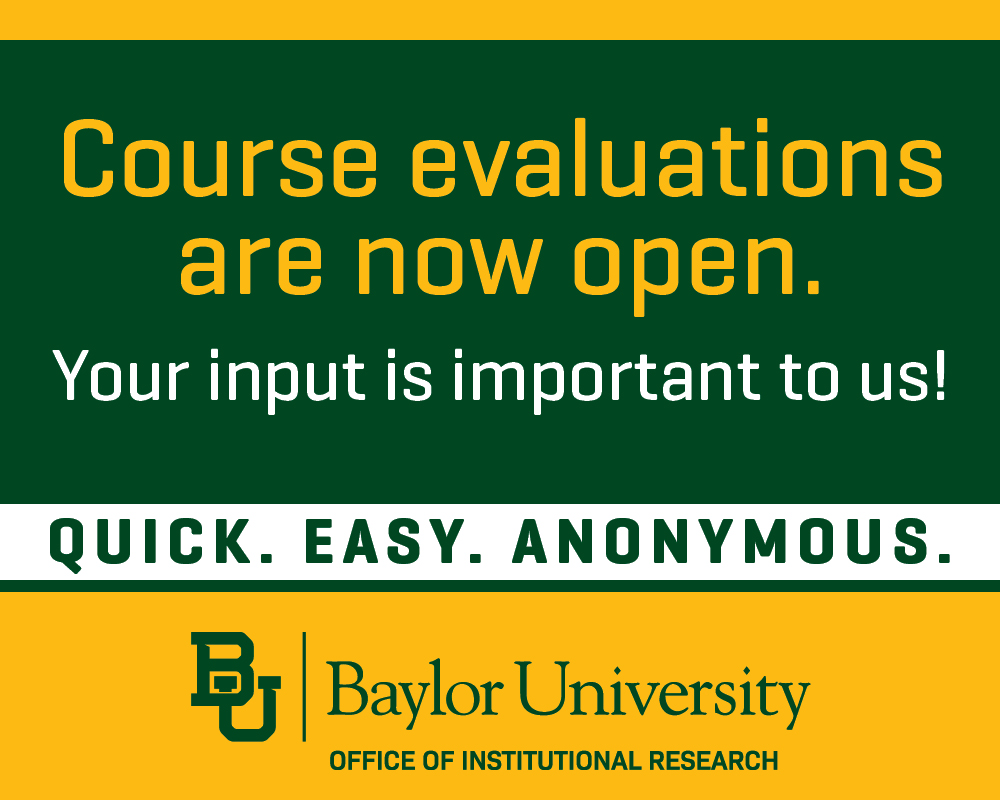By Luke Lattanzi | Staff Writer
A Baylor economics professor, along with researchers from the University of Notre Dame and the University of Chicago, has developed a new way to measure poverty in the U.S. that is based on consumption rather than income.
“[Cash income before taxes] may not really reflect, say, some long-term well-being for individuals,” Dr. Jeehoon Han, assistant professor in the department of economics, said. “So we think that there’s at least a conceptual advantage as well as a practical advantage of using consumption instead of income.”
The other researchers on the project are Dr. James Sullivan, the director of the Wilson Sheehan Lab for Economic Opportunities at Notre Dame, and Dr. Bruce Meyer, the McCormick Foundation professor at Chicago.
Currently, the U.S. Census Bureau employs two income-based poverty measures to gauge poverty rates: the Official Poverty Measure (OPM) and the Supplemental Poverty Measure (SPM). The OPM measures cash income before taxes, while the SPM takes into account non-cash benefits — such as tax credits or Supplemental Nutrition Assistance Program (SNAP) benefits — in order to assist low-income families. Neither measure, the researchers said, tells the full story.
The researchers said consumption is more adequately suited as a poverty measure because it captures the material circumstances of people, including what they are able to spend in terms of food, housing, transportation or other living necessities.
“Imagine, for example, retirement, right? Families retire, but their resources don’t get to go to zero. It’s just that their cash income might go to zero or be [lower],” Sullivan said. “People might take time off from their job. They might go study, go to school. Their income is fluctuating as a result. But that doesn’t necessarily reflect directly their economic well-being.”
By using consumption as a poverty measure, the researchers found that between 1980 and 2022, the consumption poverty rate fell from 33.8% to 6%, while the official poverty rate fell only 1.5%, according to their 2022 Consumption Poverty Report.
“What we do is take an alternative approach,” Sullivan said. “Let’s measure economic well-being using consumption instead of income — how much people actually consume instead of the resources they have available for consumption — and track that over long periods of time and see if that gives us a different story than what we see in the official measure. And the answer is, it does.”
Despite the advantages of a consumption-based poverty measure, there are shortcomings associated with the method. One such challenge is implementing more specific surveys in official poverty statistics, as they are typically far smaller than those collected for an income-based poverty measure.
“The challenge that it poses is that it’s hard to kind of break down the poverty estimates to different demographic groups,” Sullivan said. “To do things by state, for example, or for narrowly defined groups — say, single mothers without a high school degree. These surveys start to get pretty small, and so it’s hard to estimate consumption precisely.”
Sullivan said this challenge can be addressed by expanding these surveys to include more demographic groups.
Despite their research focusing on the advantages of a consumption-based poverty measure over an income-based measure, Han said there are nevertheless multiple ways to examine economic well-being and poverty.
“The main bottom line: … We shouldn’t just look at consumption only,” Han said. “But it turns out that [consumption] can be very different from, say, income, which people tend to focus a lot [on] in this current discussion or debate.”
However, Han said there have been recent public outreach initiatives in order to educate policymakers about the benefits of a consumption-based poverty measure. For example, the U.S. Bureau of Labor Statistics has been developing a consumption-based poverty measure based on the research of Han, Sullivan and Meyer.
“Now you can also look at these consumption poverty trends from the [Bureau of Labor Statistics] website,” Han said. “So I think the Census Bureau or the [Bureau of Labor Statistics], they try to take into account and incorporate our findings into creating a new measure of well-being or new measure of poverty.”
Sullivan said the poverty rate is often the most cited statistic in debates among policymakers about how to combat poverty, especially when discussing social safety net programs.
“I think that you want policymakers to be armed with the best information possible and [to] make decisions about how to allocate scarce resources, understanding which groups are the most disadvantaged,” Sullivan said. “And you get a different story when you’re looking at income versus consumption, and so it might inform policy in terms of how to target resources toward those that have the greatest need.”
With today’s technology, Han said he hopes others will be more informed of different poverty measures. Han, Sullivan and Meyer have even created a website that allows people to easily access data on consumption poverty in comparison with income poverty.
“These days, because of this technology, I think people can easily look at this academic research, search the research, what the new trends [are in the] research,” Han said.





